-
ICMag with help from Landrace Warden and The Vault is running a NEW contest in November! You can check it here. Prizes are seeds & forum premium access. Come join in!
You are using an out of date browser. It may not display this or other websites correctly.
You should upgrade or use an alternative browser.
You should upgrade or use an alternative browser.
BERED's Hash
- Thread starter BERED
- Start date
FREEZER'BUBBLE!
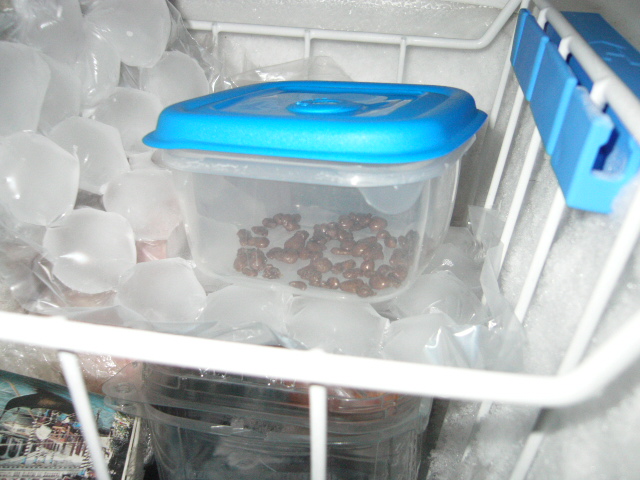
nasce dal ghiaccio................................................
se ancora vi interessa il discorso di ieri sera
http://www.fullmeltbubble.com/forum/showthread.php?t=6702
http://www.fullmeltbubble.com/forum/showthread.php?t=174
Virdis,non rispondo alla tua provocazione perchè sono ospite e perchè certe cose si dicono in faccia----->
nasce dal ghiaccio................................................
se ancora vi interessa il discorso di ieri sera
http://www.fullmeltbubble.com/forum/showthread.php?t=6702
http://www.fullmeltbubble.com/forum/showthread.php?t=174
Virdis,non rispondo alla tua provocazione perchè sono ospite e perchè certe cose si dicono in faccia----->

Bravo El..proprio quello che avevo letto pure io..
alla fine sembra che per ottenere un DrySift che sia FM l'unico modo possibile sia o quello di Sam,o le vibrazione o il multy screening..
il fatto che uno sia FM e l'altro no è dato solo dal fatto dei gambi dei tricomi,se si riesce ad eliminarli il gioco è fatto..
vedevo su un'altro 3d che hanno trovato il modo per farlo anche con l'acqua..
per quello prima mi ero un po impuntato,è davvero difficile trovare in Marocco qualcuno che faccia il fumo così..
El hai visto i nuovi prodotti che si ricavano con la CO2?devono essere davvero una bomba e dicono che hanno anche un sacco di gusto e profumo perchè con quel procedimento si perdono molti meno terpeni..
Elemental io sono registrato anche su FullMeltBubble da un bel po ma era da un po che non lo guardavo..con l'interfaccia nuova sembra piu carino
alla fine sembra che per ottenere un DrySift che sia FM l'unico modo possibile sia o quello di Sam,o le vibrazione o il multy screening..
il fatto che uno sia FM e l'altro no è dato solo dal fatto dei gambi dei tricomi,se si riesce ad eliminarli il gioco è fatto..
vedevo su un'altro 3d che hanno trovato il modo per farlo anche con l'acqua..
per quello prima mi ero un po impuntato,è davvero difficile trovare in Marocco qualcuno che faccia il fumo così..
El hai visto i nuovi prodotti che si ricavano con la CO2?devono essere davvero una bomba e dicono che hanno anche un sacco di gusto e profumo perchè con quel procedimento si perdono molti meno terpeni..
Elemental io sono registrato anche su FullMeltBubble da un bel po ma era da un po che non lo guardavo..con l'interfaccia nuova sembra piu carino
sempervirdis
Member
Grande Elemental ......
sempre un passo davanti a tutti ......e ottime foto Bered
Adesso sono veramente curioso di vedere col metodo che uso io quale grado di purezza si riesce ad ottenere .....
Secondo voi che obbiettivi macro usano ????
Bered e Elemental voi fate piu dry-sift o piu ice-o.lator/bubble?
L´estarzione col co2 deve essere veramente portentosa se fosse legale la maria forse ad un attrezzo del genere ci farei un pensiero .....http://www.edenlabs.org/supercritical_extraction.html
session da panico ...sudori freddi e faccia bianchiccia LOL
salute
sv
sempre un passo davanti a tutti ......e ottime foto Bered
Adesso sono veramente curioso di vedere col metodo che uso io quale grado di purezza si riesce ad ottenere .....
Secondo voi che obbiettivi macro usano ????
Bered e Elemental voi fate piu dry-sift o piu ice-o.lator/bubble?
L´estarzione col co2 deve essere veramente portentosa se fosse legale la maria forse ad un attrezzo del genere ci farei un pensiero .....http://www.edenlabs.org/supercritical_extraction.html
session da panico ...sudori freddi e faccia bianchiccia LOL
salute
sv
Grande Elemental ......
sempre un passo davanti a tutti ......e............
e.....................col culo parato

prima del casino di Joeshmoe c era un suo collega che ha usato la Co2 sia per ELIMINARE i MITES................................sia per estrarre a SECCO,
CATTURATO JOESHMOE
si sono perse le tracce di questo personaggio
COME CHI E' JOESHMOE?
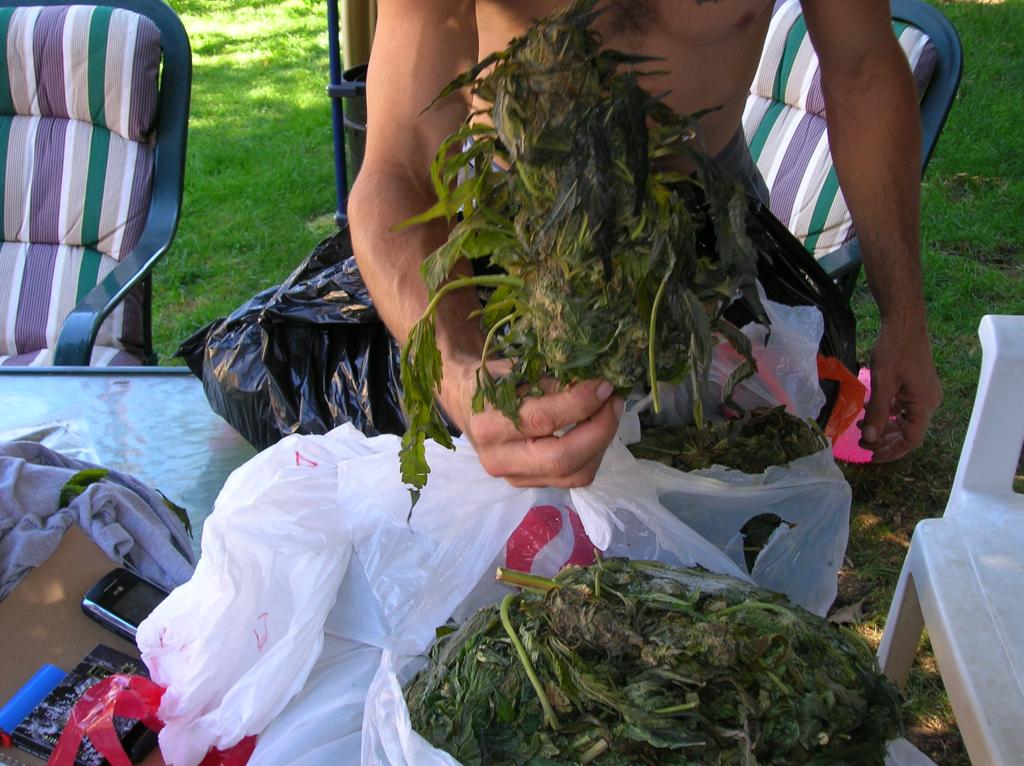
C è un MESSAGGIO sulla lavatrice
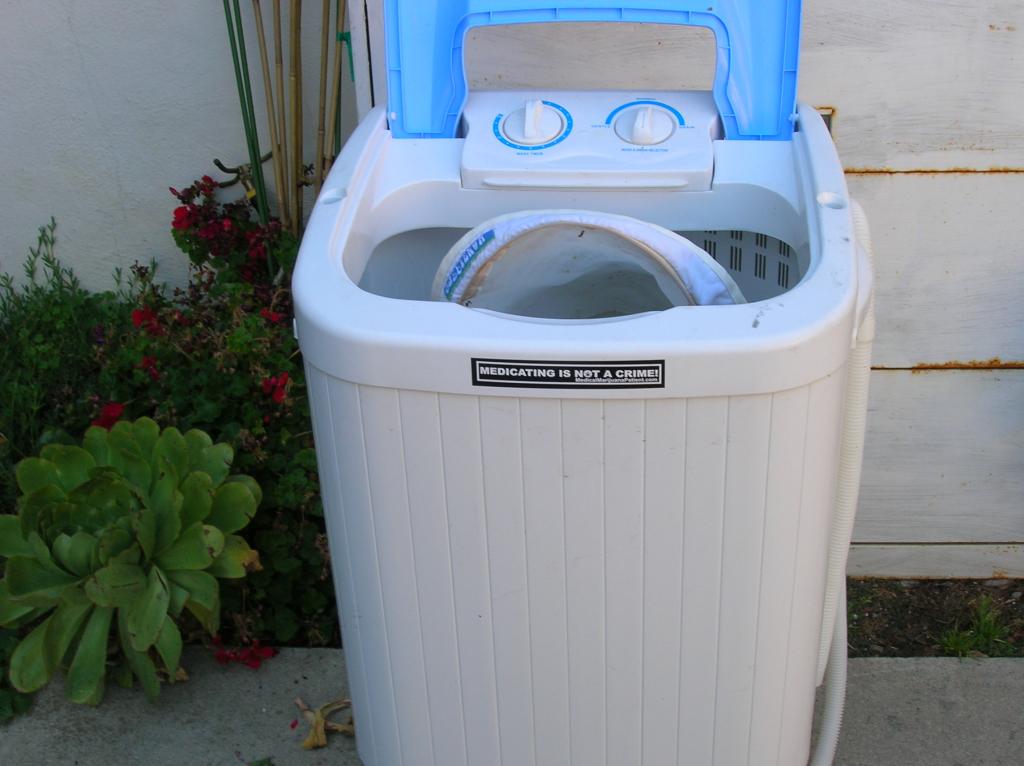
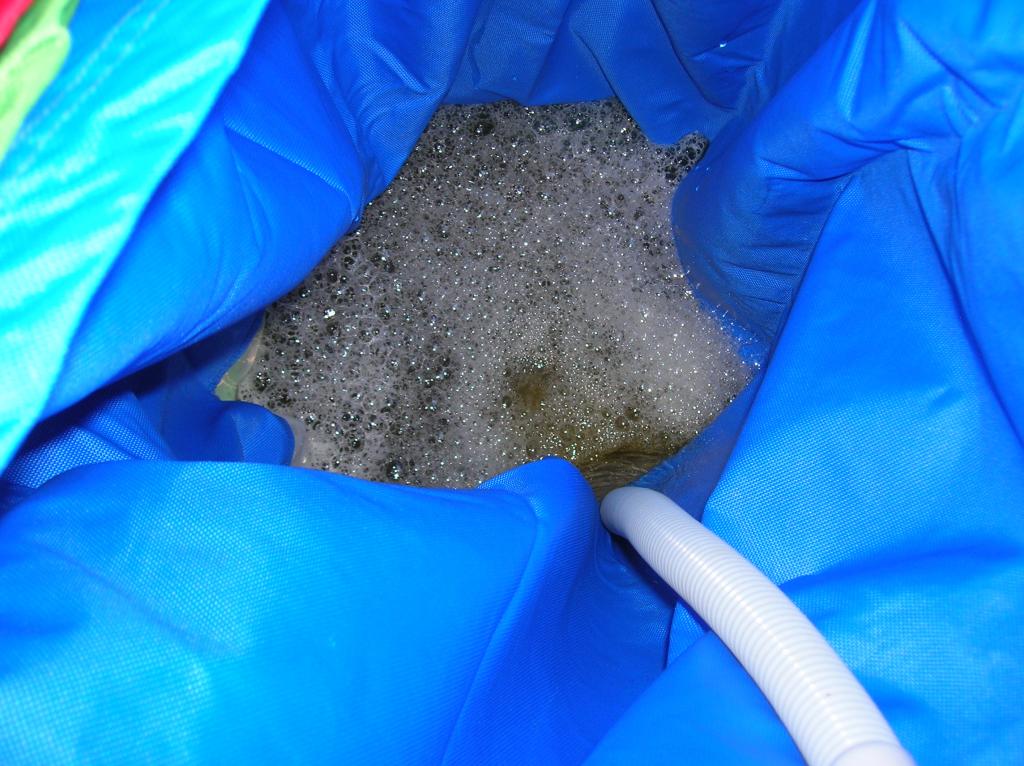
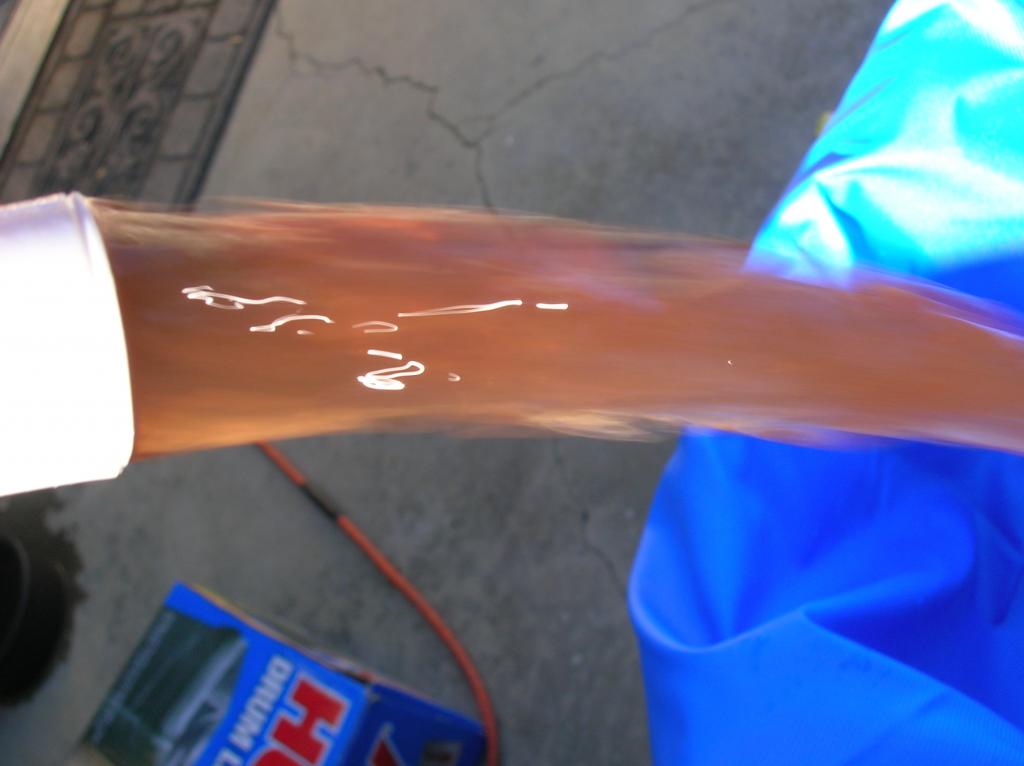
PROPAGANDA
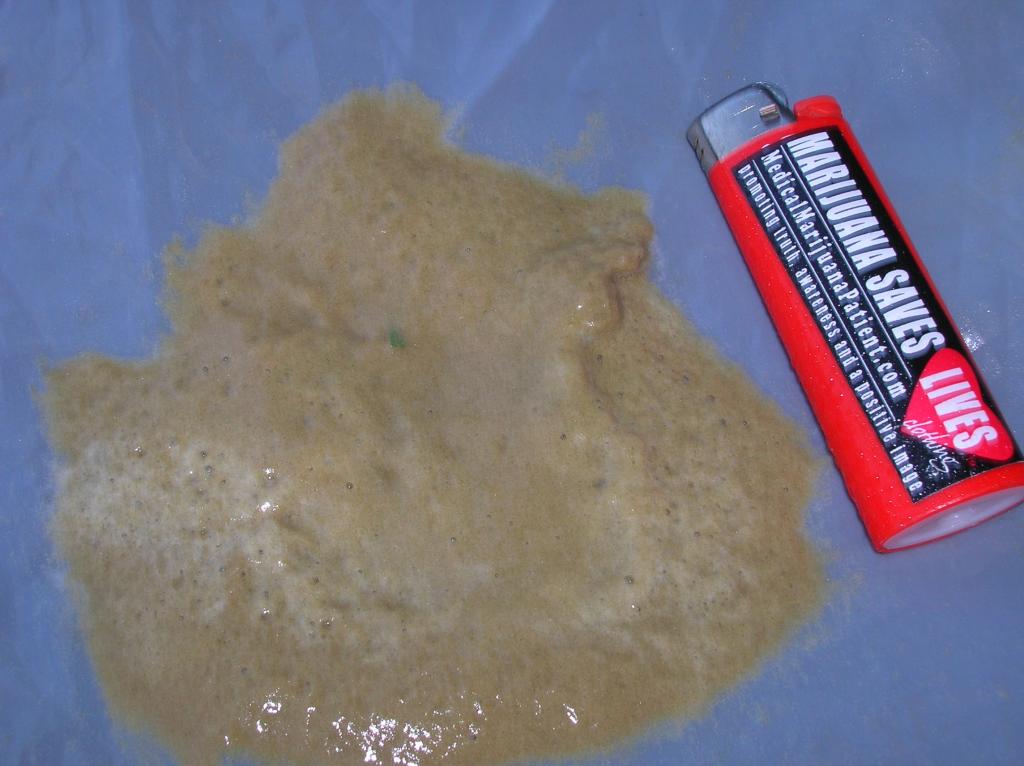
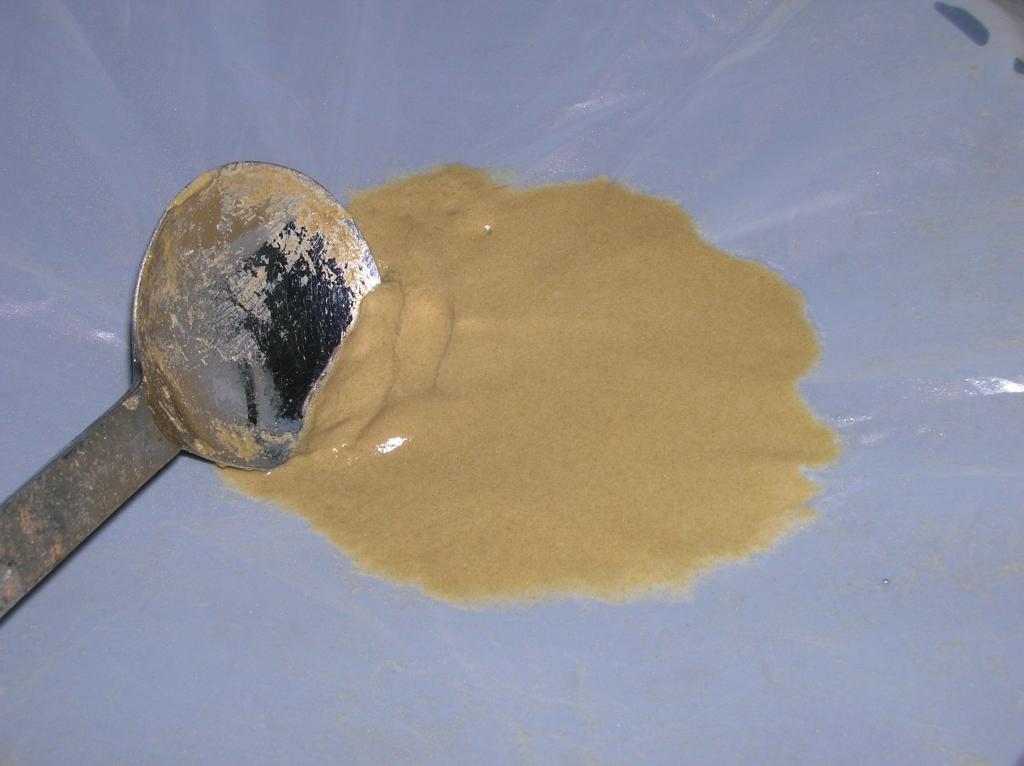
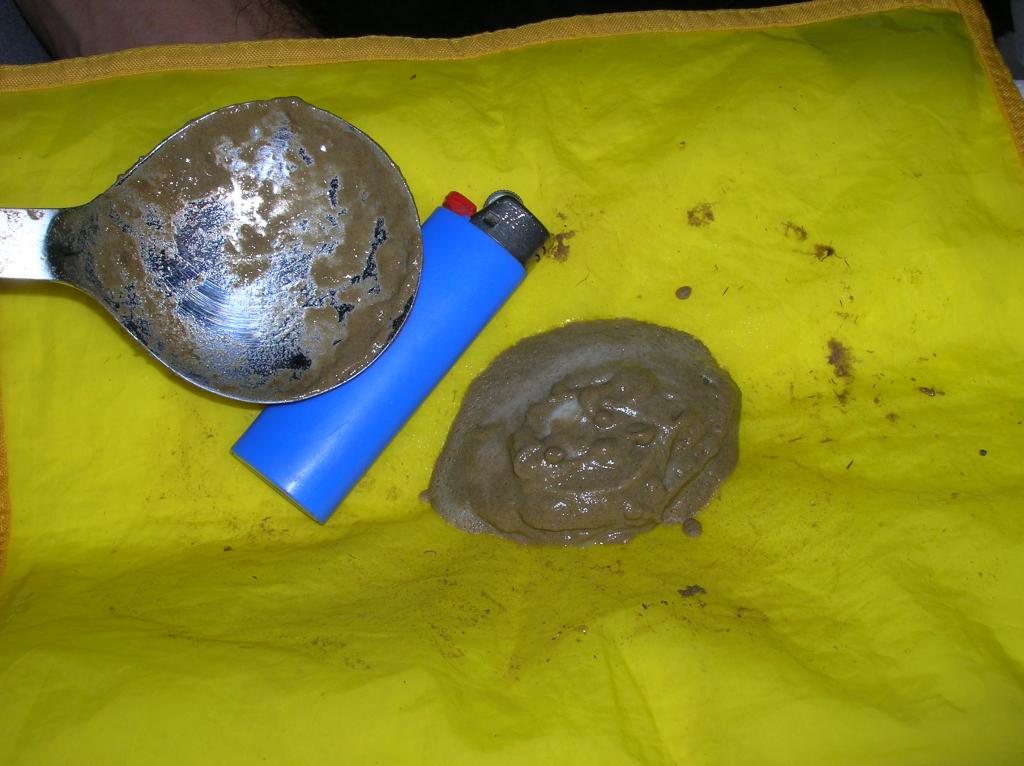
FullMeltBubble
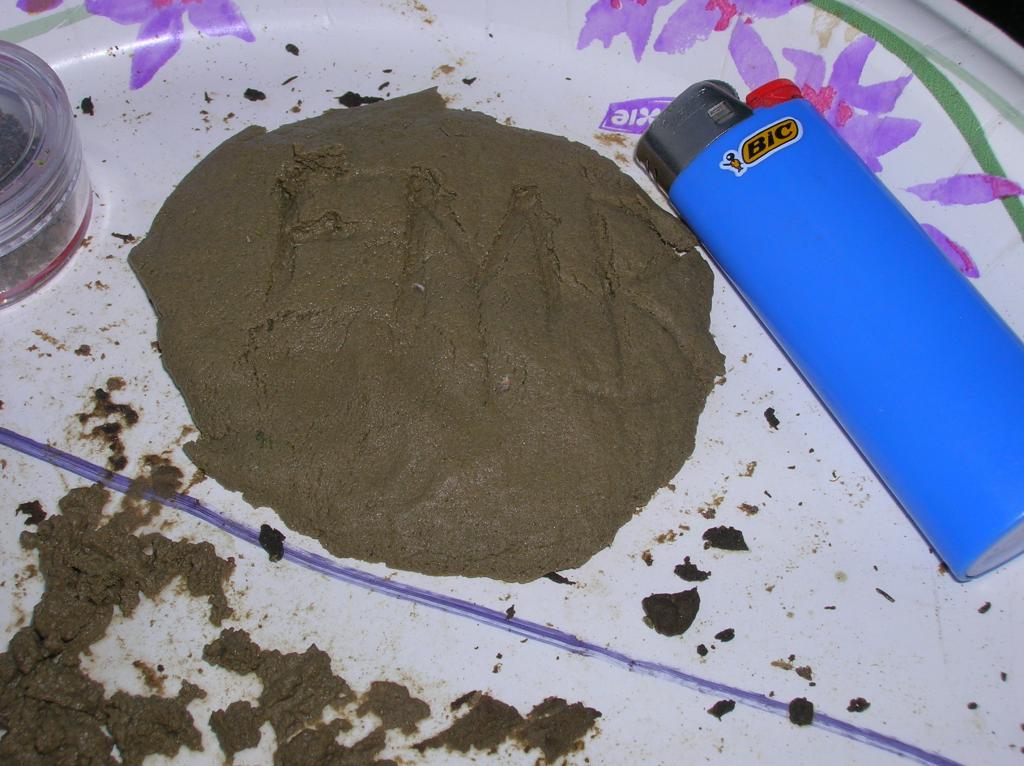
Go BIG or Go Home CALI'STYLE:
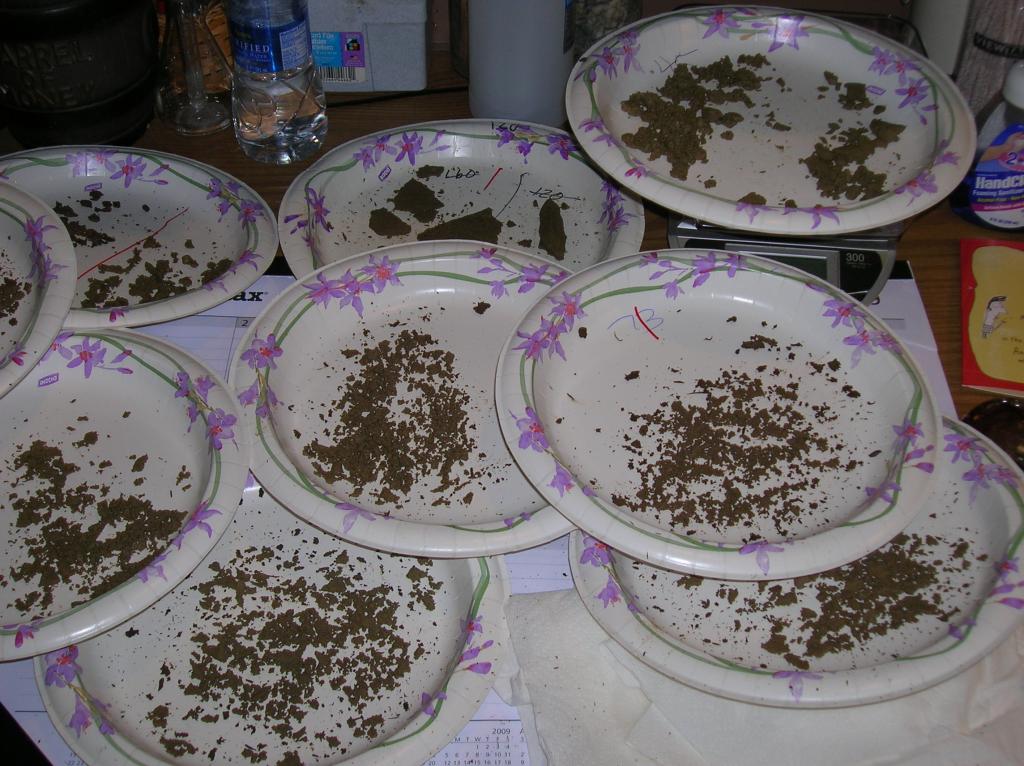
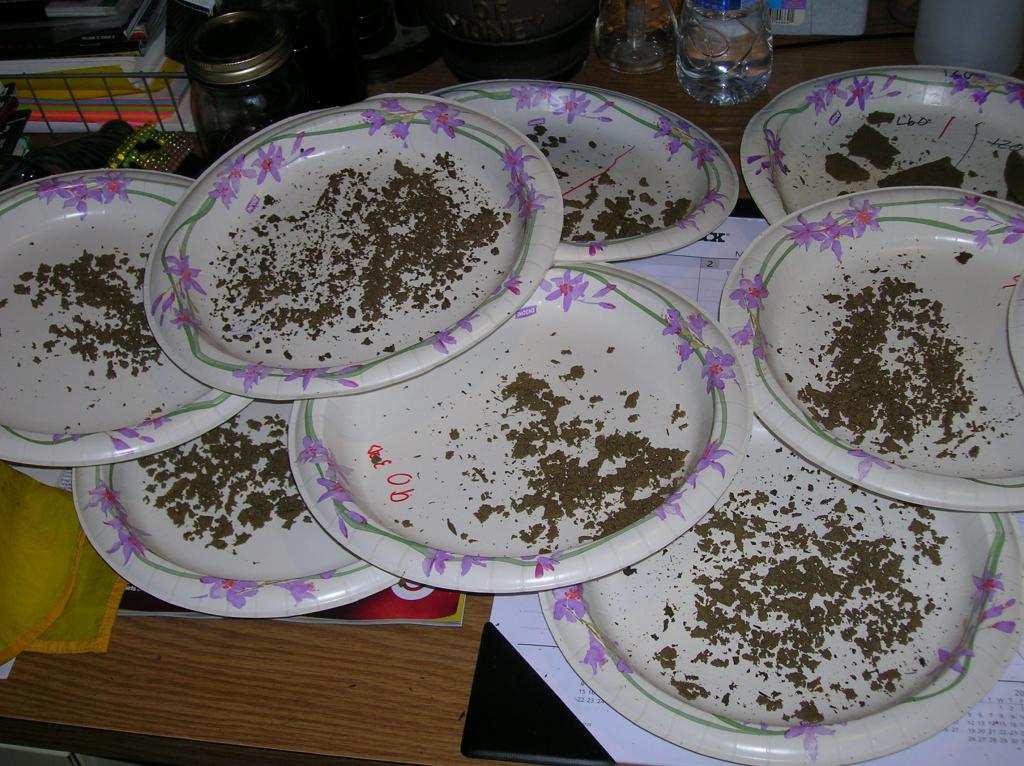
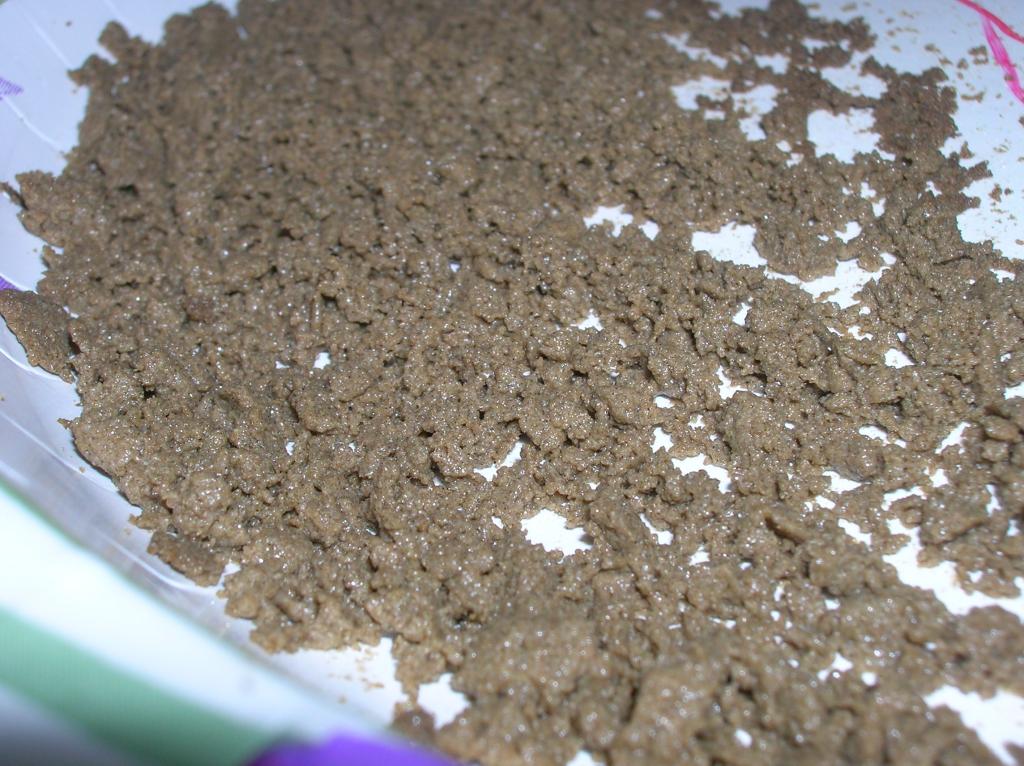
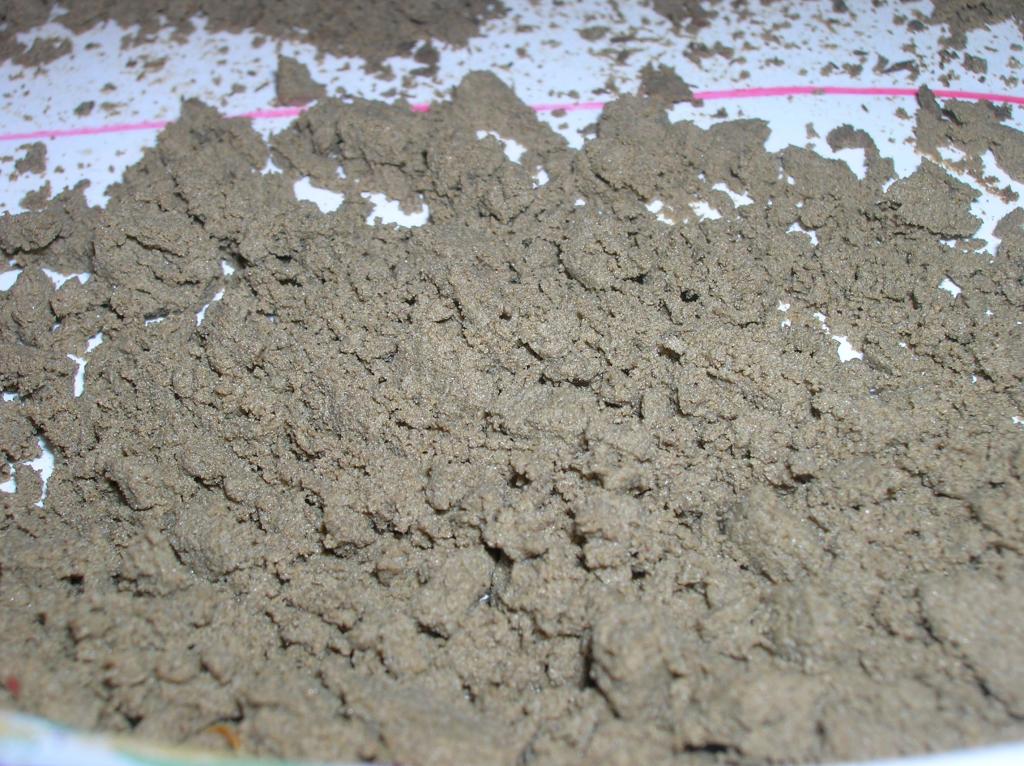
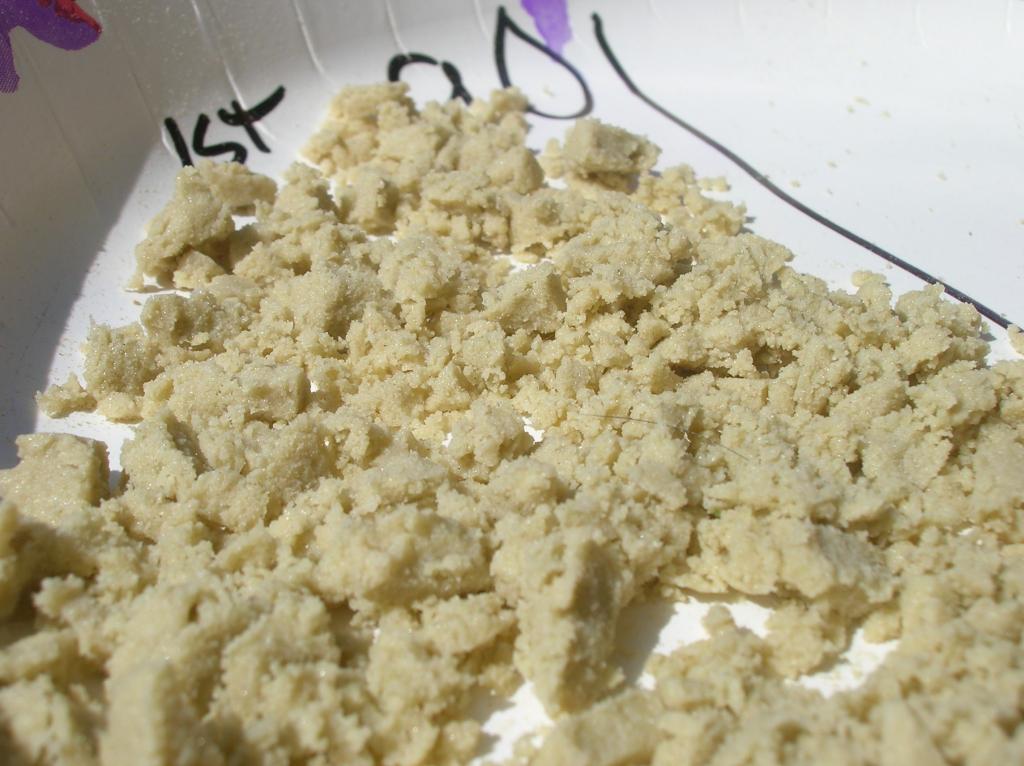
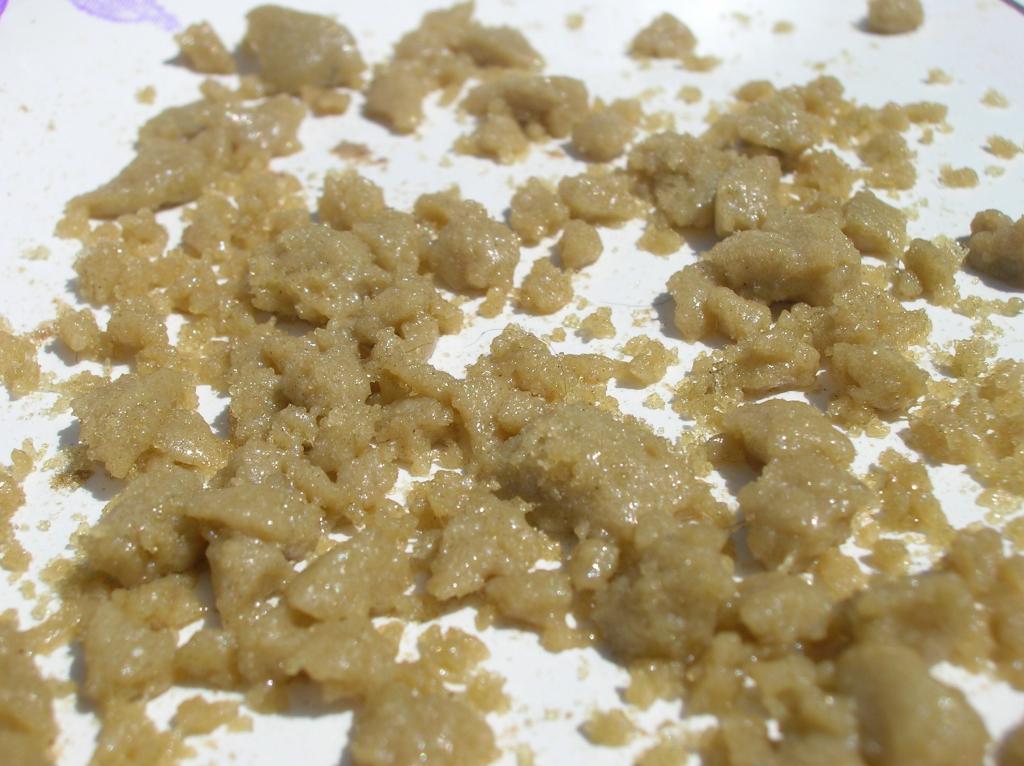
foto da
www.fullmeltbubble.com
resto molto affascinato dal potere di acqua e ghiaccio per ora ma il DRY incuriosisce sempre,motivi di gusto soprattutto,
Semper beccate questo
tò và:
http://www.icecold.org/index.htm
JOESHMOE better you call SAUL!!!!
OTTIMA SDRAMMATIZZAZIONE!!!!!!

e inizia ad aggiungere il tuo numero di cellulare al numero dei tuoi POST


ancora mi devo riprendere dallo sterminio dei MITES con CO2 ma aspetto gia il tuo link!

e inizia ad aggiungere il tuo numero di cellulare al numero dei tuoi POST
sto cercando di arrivare il prima possibile a 420

http://www.icmag.com/ic/showthread.php?t=150465
http://www.icmag.com/ic/showthread.php?t=104525&highlight=supercritical
http://www.icmag.com/ic/showpost.php?p=2353828&postcount=2
e anche questo volevo farti vedere che è davvero interessante,non è fatto con la CO2
http://www.icmag.com/ic/showthread.php?t=123402
El quel coso che hai linkato alla fine è l'XTRACTOR che si vede anche in IceWars di marco Renga su TY??
come funziona?
E' un pò che non leggo TY ma ICEWARS mi piace hehehehehehehe
credo proprio di SI comunque:
http://www.icecold.org/process.htm
http://www.icmag.com/ic/showthread.php?t=150465
http://www.icmag.com/ic/showthread.php?t=104525&highlight=supercritical
http://www.icmag.com/ic/showpost.php?p=2353828&postcount=2
e anche questo volevo farti vedere che è davvero interessante,non è fatto con la CO2
http://www.icmag.com/ic/showthread.php?t=123402
molto bene
sempervirdis
Member
sembrano piu dei cristalli di thc che del fumo fatto di tricomi....... http://www.icmag.com/ic/showthread.php?t=123402
68% .............che schifo !
sv
68% .............che schifo !
sv
ho trovato questo nel thread del Blue Dream FM che puo interessarvi
il video di cui parla all'inizio ricordo di averlo visto anche io su sky..qualcun'altro l'ha visto?
s I did see a video of a reporter who had never taken cannabis before and she took pure thc and only got a headache and had a bad experience with it no where near the "high" feeling you get when you smoke. after she smoked some real mj with a proper balance of other compounds in the weed she experienced the happy go lucky high that we are all after. So I modify my previous statements to say that without the other cannabanoids 100% thc which has some negative effects like nervousness anxiety paranoia and headaches would not be something to aim for, now isolating which chemicals interact with thc to buffer the negative effects and the ones that add to the spectrum of the high is what we should be focusing on in the hash/hash oil imo.
Marijuana
Cannabinoids (THC, CBD, CBN...)
The Active Ingredients Of Cannabis
Cannabis products include marijuana, hashish, and hashish oil.
THC (Tetrahydrocannabinol) gets a user high, a larger THC content will produce a stronger high. Without THC you don't get high.
CBD (Cannabidiol) increases some of the effects of THC and decreases other effects of THC. High levels of THC and low levels of CBD contribute to a strong, clear headed, more energetic high.
Cannabis that has a high level of both THC and CBD will produce a strong head-stone that feels almost dreamlike. Cannabis that has low levels of THC and high levels of CBD produces more of a buzz or stoned feeling. The mind feels dull and the body feels tired.
CBN (Cannabinol) is produced as THC ages and breaks down, this process is known as oxidization. High levels of CBN tend to make the user feel messed up rather than high.
CBN levels can be kept to a minimum by storing cannabis products in a dark, cool, airtight environment. Marijuana should be dry prior to storage, and may have to be dried again after being stored somewhere that is humid.
THCV (Tetrahydrocannabivarin) is found primarily in strains of African and Asian cannabis. THCV increases the speed and intensity of THC effects, but also causes the high to end sooner. Weed that smells strong (prior to smoking) might indicate a high level of THCV.
CBC (Cannabichromene) is probably not psychoactive in pure form but is thought to interact with THC to enhance the high.
CBL (Cannabicyclol) is a degradative product like CBN. Light converts CBC to CBL.
If you are a grower, you can experiment with different strains of cannabis to produce the various qualities you seek. A medical user looking for something with sleep inducing properties might want to produce a crop that has high levels of CBD.
Another user looking for a more energetic stone will want to grow a strain that has high levels of THC and low levels of CBD. In general, Cannabis sativa has lower levels of CBD and higher levels of THC. Cannabis indica has higher amounts of CBD and lower amounts of THC than sativa. See marijuana strains.
For a more scientific description, see below for an excerpt from marijuana growers guide by Mel Frank.
Cannabis is unique in many ways. Of all plants, it is the only genus known to produce chemical substances known as herbal cannabinoids. These cannabinoids are the psychoactive ingredients of marijuana; they are what get you high, buzzed, or stoned. By 1974, there were 37 naturally occurring cannabinoids that had been discovered.
There are 3 types of cannabinoids:
--- Herbal: occur naturally only in the cannabis plant
--- Endogenous: produced naturally by humans and other animals
--- Synthetic: cannabinoids produced in a lab
Most of the cannabinoids appear in very small amounts (less than .01 percent of total cannabinoids) and are not considered psychoactive, or else not important to the high. Many are simply homologues or analogues (similar structure or function) to the few major cannabinoids which are listed.
There are several numbering systems used for cannabinoids. The system used here is based on formal chemical rules for numbering pyran compounds (any of a class of organic compounds of the heterocyclic series in which five carbon atoms and one oxygen atom are present in a ring structure). Another common system is used more by Europeans and is based on a monoterpenoid system which is more useful considering the biogenesis of the compound.
Tetrahydrocannabinol - THC
Delta 9-trans-tetrahydrocannabinol - delta-9 THC is the main psychotomimetic (mindbending) ingredient of marijuana. Estimates state that 70 to 100 percent of the marijuana high results from the delta-9 THC present. It occurs in almost all cannabis in concentrations that vary from traces to about 95 percent of all the cannabinoids in the sample.
In very potent strains, carefully prepared marijuana can be 30 percent delta-9 THC by dry weight (seeds and stems removed from flowering buds). Buds are the popular name given to masses of female flowers that form distinct clusters.
Delta 8-trans-tetrahydrocannabinol - delta-8 THC is reported in low concentration, less than one percent of the delta-9 THC present. Its activity is slightly less than that of delta-9 THC. It may be an artefact of the extraction/analysis process. Almost everyone who uses the term THC, refers to delta-9 THC and delta-8 THC combined, as THC.
Cannabidiol - CBD
Cannabidiol - CBD also occurs in almost all strains. Concentration range from none, to about 95 percent of the total cannabinoids present. THC and CBD are the two most abundant naturally occurring cannabinoids. CBD is not psychotomimetic in the pure form, although it does have sedative, analgesic, and antibiotic properties.
In order for CBD to affect the high, THC must be present in quantities ordinarily psychoactive. CBD can contribute to the high by interacting with THC to potentiate (enhance) or antagonize (interfere or lessen) certain qualities of the high.
CBD appears to potentiate the depressant effects of THC and antagonize is excitatory effects. CBD also delays the onset of the high but can make it last considerably longer (as much as twice as long). The kind of grass that takes a while to come on but keeps coming on.
Opinions are conflicting as to whether it increases or decreases the intensity of the high, intensity and high being difficult to define. Terms such as knock-out or sleepy, dreamlike, or melancholic are often used to describe the high from grass with sizeable proportions of CBD and THC.
When only small amounts of THC are present with high proportions of CBD, the high is more of a buzz, and the mind feels dull and the body de-energized.
Cannabinol - CBN
Cannabinol - CBN is not produced by the plant per se. It is the degradation (oxidative) product of THC. Fresh samples of marijuana contain very little CBN but curing, poor storage, or processing such as when making hashish, can cause much of the THC to be oxidized to CBN. Pure forms of CBN have at most 10 percent of the psychoactivity of THC.
Like CBD, it is suspected of potentiating certain aspects of the high, although so far these effects appear to be slight. CBN seems to potentiate THC's disorienting qualities. One may feel more dizzy or drugged or generally messed up but not necessarily higher.
In fact, with a high proportion of CBN, the high may start well but feels as if it never quite reaches its peak, and when coming down one feels tired or sleepy. High CBN in homegrown grass is not desirable since it represents a loss of 90 percent of the psychoactivity of its precursor THC.
Tetrahydrocannabivarin - THCV
Tetrahydrocannabivarin - THCV or THV is the propyl homologue of THC. In the aromatic ring the usual five-carbon pentyl is replaced by a short three-carbon propyl chain. The propyl cannabinoids have so far been found in some strains originating from Southeast and Central Asia and parts of Africa.
In one study, THCV made up to 48.23 percent (Afghanistan strain) and 53.69 percent (South Africa) of the cannabinoids found. We've seen no reports on its activity in humans. From animal studies it appears to be much faster in onset and quicker to dissipate than THC. It may be the constituent of one or two toke grass, but its activity appears to be somewhat less than that of THC. Some people use the term THC to refer collectively to delta-9 THC, delta-8 THC, and THCV.
An interesting note is that people who have a prescription for Marinol (synthetic medical THC) may be tested for THCV. Marinol contains no THCV, if a person tests positive it means they have been using marijuana, or another cannabis product. This is usually sufficient grounds to terminate the prescription of a person who has signed a contract not to ingest any cannabis while taking Marinol.
Cannabichromene - CBC
Cannabichromene - CBC is another major cannabinoid, although it is found in smaller concentrations than CBD and THC. It was previously believed that is was a minor constituent, but more exacting analysis showed that the compound often reported as CBD may actually be CBC.
Relative to THC and CBD, its concentration in the plants is low, probably not exceeding 20 percent of total cannabinoids. CBC is believed not to be psychotomimetic in humans; however, its presence in plants is purportedly very potent has led to the suspicion that it may be interacting with THC to enhance the high.
Cannabicyclol - CBL
Cannabicyclol (CBL) is a degradative product like CBN. During extraction, light converts CBC to CBL. There are no reports on its activity in humans, and it is found in small amounts, if at all, in fresh plant material.
Cannabinoids And The High
The marijuana high is a complex experience. It involves a wide range of psychical, physical, and emotional responses. The high is a subjective experience based in the individual and one's personality, mood, disposition, and experience with the drug.
Given the person, the intensity of the high depends primarily on the amount of THC present in the marijuana. Delta-9 THC is the main ingredient of marijuana and must be present in sufficient quantities for a good marijuana high.
People who smoke grass that has very little cannabinoids other than delta-9 THC usually report that the high is very intense. Most people that don't smoke daily will feel something from a joint having delta-9 THC of 3 percent concentration to material.
Cannabis products having a THC concentration of 5-10 percent would be considered good, 10-25 percent would be considered very good, and over 25 percent would be excellent quality by daily users standards. In general, we use potency to mean the sum effects of the cannabinoids and the overall high induced.
Marijuana is sometimes rated more potent than the content of delta-9 THC alone would suggest. It also elicits qualitatively different highs. The reasons for this have not been sorted out. Few clinical studies with known combinations of several cannabinoids have been undertaken with human subjects.
So far, different highs and possibly higher potency seem to be due to the interaction of delta-9 THC and other cannabinoids (THCV,CBD,CBN, and possibly CBC). Except for THCV, in the pure form, these other cannabinoids do not have much psychoactivity.
Another possibility for higher potency is that homologues of delta-9 THC with longer side chains at C-3 (and higher activity) might be found in certain marijuana strains.
Compounds with longer side chains have been made in laboratories and their activity is sometimes much higher, with estimates over 500 times that of natural delta-9 THC.
The possibility that there are non-cannabinoids that are psychoactive or interacting with the cannabinoids has not been investigated in detail. Non-cannabinoids with biological activity have been isolated from the plants, but only in very small quantities.
None are known to be psychotomimetic. However, they may contribute to the overall experience in non-mental ways, such as the stimulation of the appetite.
Different blends of cannabinoids account for the different qualities of intoxication produced by different strains of cannabis. The intensity of the high depends primarily on the amount of delta-9 THC present and on the method of ingestion.
A complex drug such as marijuana affects the mind and body in many ways. Sorting out what accounts for what response can become quite complex.
--------------------------------------------------------------------------------
Books
Cannabis and Cannabinoids:
Pharmacology, Toxicology, and Therapeutic Potential
Researchers from Europe, the US, Australia, and Brazil focus on the health aspects of cannabis and cannabinoids, mentioning social and political dimensions only when required within the medicinal discussion.
They consider botany, taxonomy, chemistry, and history; pharmacology and pharmacokinetics; indications for cannabis and THC; risks and side effects; other cannabinoids; and other constituents of cannabis.
Cannabis and Cannabinoids (paperback)
Cannabis and Cannabinoids (hardcover)
Marijuana Botany
Very good book about breeding marijuana and improving the quality and quantity of your crop. This has information from doctors, scientists, horticulturists, and other professionals. Collected from 50 years of laboratory and field research.
Not for the small time grower, this is more for commercial operations and advanced growers. Understanding this book requires that you have a some knowledge of horticultural and scientific terminology.
Marijuana Botany
Marijuana Chemistry:
Genetics, Processing And Potency
Explains the various cannabinoids that marijuana is made up of and how things like growing conditions, harvesting, processing, affect the potency of the final product.
Lots of tables, graphs, and other info. Recommended for the intermediate and expert marijuana grower, this is heavy on chemistry. If you do not have a very good grasp of science and chemistry this book is not for you.
Marijuana Chemistry
The Cannabis Breeder's Bible:
il video di cui parla all'inizio ricordo di averlo visto anche io su sky..qualcun'altro l'ha visto?


 ^^^^^^^^^
^^^^^^^^^Bered:
AquaLabTech:
"The X-Tractor makes one quality of Hash, it is a good quality, but there is still alot of good resin left to separate after you have washed it in the X-Tractor. Many people will re-wash everything with Bubble Bags to completely separate all the resin.
Aqua Lab Tech"
Joe Pietri (XTRACTOR) talking about the 1000 V./parlando del modello 1000:
"Nothing isd as efficient as XTR we introduced Ice Method in 1997, bags make no sense since you lose taste and flavor, two bags system you lose 30-40%, add 10% for every bag after that, you lose all oils and everything under 33 micron, the aqua lab bag completely useless because it's to porous and introduces plant contamination into resin. To use a washing machine which we also demonstrated in 1997, we put material ice into machine, then drained water into bucket that had one nylon 150 micron screen to separate plant from mix, then you let bucket sit and let mother nature take it's course, oil and water don't mix, resin and oils go to bottom top 90% water you spill off, last 10% you run thru coffee filter, trhen you will get a nice piece of ol skool hashish. It makes no sense to add dry seiving techniue to Ice Method it's like tying mules to a rocket.the XTR makes pharmaceutical hashish"
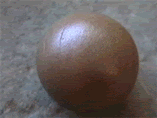
AquaLabTech:
"Hi Joe Pietri,
Nice to See you made it over here.
Please feel free to post up as many photos of your machine in action. Make sure to back them up with the Bubbling melty action shots also......
I have been thinking about carrying the XTR.
ALT"
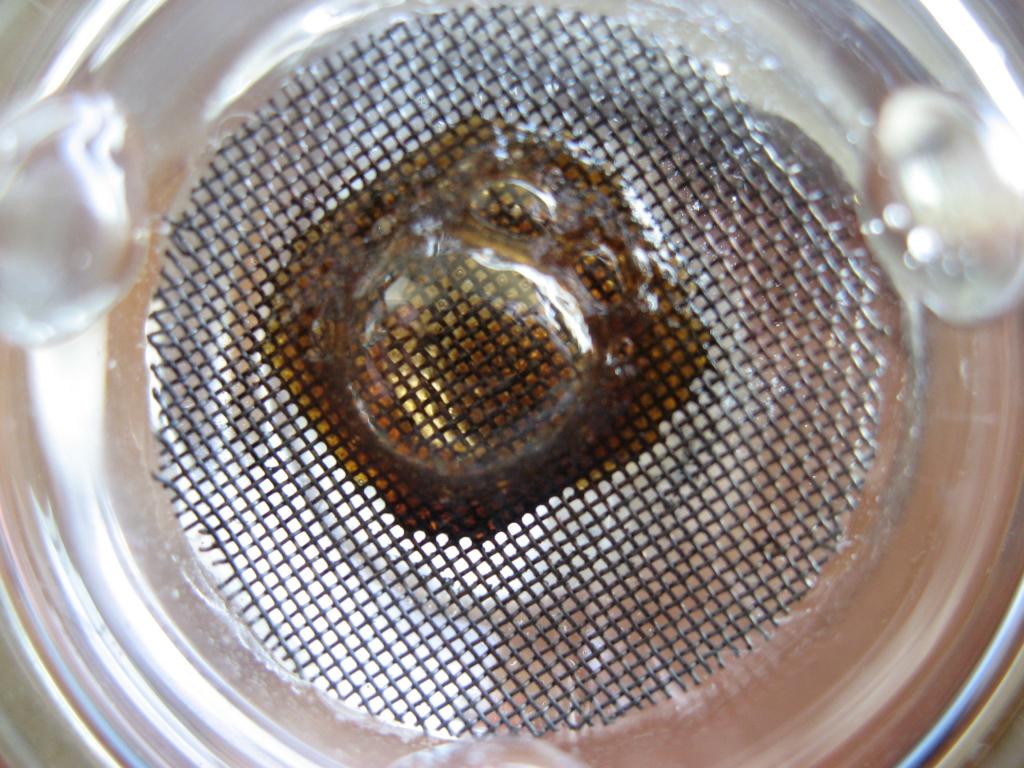
all AquaLabTech'shots are from
www.fullmeltbubble.com
metterei il link della chiaccherata ma verrebbe censurato,ti assicuro che è fresca come conversazione.
Last edited:
sempre per il discorso vecchio del Dry Sift FM leggete come Chamba ha avuto buoni risultati con le vibrazioni
many sets of differen screens stack on each other with a vibrating motor is the way to go
that's if you want quantity rather quality
vibrating stacked mesh screens will produce good quality, but not great quality dry sift...mainly due to contaminants breaking up into different sizes and mixing in with the various sized resin heads on each mesh size.....also another problem with vibrating stacks is that vibration alone doesn't work that well when you get down to the finer meshes as the contaminants in the dry sift tends to "dance" and "pool" on the mesh rather freely pass through.
A good way would be to vibrate the starting material through 150 micron and 125 micron meshes, resift the dry sift again through these meshes.
then with finer meshes(50 ~70 micron), use a combination of vibration with carding or screeding the kif across the mesh(es) which will help break up the rubbish and force it through while the resin heads remain on top of the mesh.
Thats just one method, there's lots of ways to dry sift, work out which is best for you
Happy Hashing!
sempervirdis
Member
Grazie per il post bered.......
premetto che non ho mai fatto vibrare niente biggrin: ) ne tantomeno posseggo un bubblebox con vari screen ma.... se come dice chamba, la materia contaminante "galleggia" sulla materia che invece interessa a noi, beh allora forse basterebbe far vibrare il tutto in un contenitore di vetro trasparente o di plexiglas in modo da poter "scremare " il prodotto dopo tot. minuti di vibrazione .....
biggrin: ) ne tantomeno posseggo un bubblebox con vari screen ma.... se come dice chamba, la materia contaminante "galleggia" sulla materia che invece interessa a noi, beh allora forse basterebbe far vibrare il tutto in un contenitore di vetro trasparente o di plexiglas in modo da poter "scremare " il prodotto dopo tot. minuti di vibrazione .....
Una volta "scremato" si potra procedere al passaggio attraverso i vari filtri 45µ , 75µ, 90µ ecc ecc
che ne dite ?????
sv
premetto che non ho mai fatto vibrare niente
Una volta "scremato" si potra procedere al passaggio attraverso i vari filtri 45µ , 75µ, 90µ ecc ecc
che ne dite ?????
sv
sempervirdis
Member
Waiting for some pics tutorial........................
 che fai ti ci metti pure tu adesso.....
che fai ti ci metti pure tu adesso.....
lo sai Ele che la speranza e`l`ultima a muorire......??
sv


